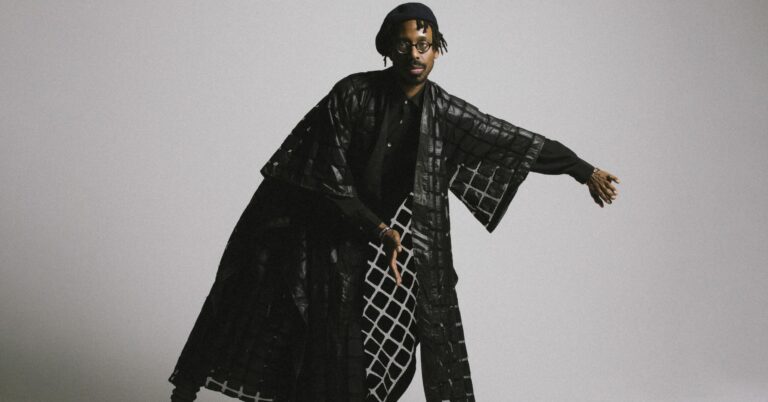Best Fortnite Players: A Competitive Gaming Saga
In the ever-evolving arena of Fortnite, the quest to crown the best player of 2024 takes us through a journey of strategy, skill, and adaptability. From the legends who have continued to dominate the scene to the rising stars challenging the status quo, this article delves deep into the achievements, strategies, and dynamic nature of competitive Fortnite. Discover who stands at the pinnacle of the game this year, their path to glory, and the newcomers ready to take the throne. For a deeper dive into the skills and secrets behind their success, you may read more at our detailed review, where the saga of the best unfolds.
Leverage GameTree.me for Competitive Fortnite Team Formation
In the ever-evolving landscape of Fortnite, where adaptability and strategic mastery determine the best, finding the right teammates is a critical piece of the puzzle for climbing the competitive ranks. GameTree.me emerges as a pivotal tool in this journey, offering a specialized platform that bridges the gap between individual skill and team synergy. It’s not just about being the best player on the field; it’s also about how well you can integrate with a team to outmaneuver the competition.
This integration with GameTree.me enriches the narrative of striving toward excellence in Fortnite, emphasizing the importance of community and collaboration. As we delve into the achievements and strategies of top players, it becomes apparent that behind many success stories is a well-coordinated team that found each other through innovative platforms like GameTree.me. Whether it’s rising stars looking to make their mark or seasoned veterans maintaining their dominance, the ability to connect with the right teammates can be the difference between a notable victory and a near miss. For players eager to forge their path in the competitive ranks of Fortnite, visiting https://gametree.me/fortnite/ can be the first step towards finding teammates who not only match their skill level but also complement their playstyle and strategic approach.
The Evolution of Fortnite’s Best Players
Fortnite’s competitive landscape has undergone a remarkable transformation since its inception in 2017. Initially, the game’s best players were those who mastered the basic mechanics of shooting and building. As the game evolved, so did the criteria for excellence. The advent of new weapons, mechanics, and play strategies has continually reshaped the battlefield, demanding players adapt or fall behind. This evolution has given rise to a more sophisticated and varied competitive scene, where mastery in strategy, building efficiency, and adaptability to the ever-changing game meta are paramount. The journey from being a good player to the best in Fortnite is a testament to not only individual skill but also the ability to evolve with the game.
The Criteria for Being the Best
To be considered the best Fortnite player in the world, several key factors come into play. Tournament victories are crucial, as they demonstrate a player’s ability to outperform others under pressure. Consistency across competitions indicates resilience and skill over time. Versatility, or the ability to adapt to game updates and changing strategies, is also paramount. Mastery in these areas distinguishes top players, making them stand out in a game that is as dynamic as Fortnite.
Top Fortnite Players of 2024
In 2024, the Fortnite scene is dominated by players who have not only demonstrated exceptional skill but have also adapted to the evolving dynamics of the game. Players like Bugha, who has continued to excel since his World Cup victory in 2019, remain at the forefront. His ability to adapt to the game’s changes while maintaining a high level of performance is exemplary.
EpicWhale, another standout player, has consistently shown why he’s considered one of the top talents in Fortnite. His strategic gameplay and innovative tactics have earned him a place among the elite.
Clix, known for his aggressive playstyle and high-level building skills, continues to impress in various tournaments. His adaptability and relentless pursuit of victory make him a formidable competitor.
Benjyfishy, hailing from the UK, has consistently been in the spotlight for his exceptional gameplay. His dedication and strategic thinking have seen him through numerous competitions, making him one of the most respected players on the scene.
Mongraal, another UK prodigy, remains a fan favorite for his fast-paced gameplay and sharp shooting skills. His ability to perform under pressure has secured him numerous accolades.
These players represent just a fraction of the talent within the Fortnite community. Their achievements and dedication to the game have set a high standard for both current and aspiring competitive players.
Notable Achievements of the Top Players
The top Fortnite players of 2024 have each carved out a legacy through their significant achievements. Bugha’s World Cup victory remains a high point, marking him as one of the game’s greatest players. EpicWhale’s consistent top finishes in major tournaments underscore his status as a top competitor.
Clix has made waves with his victories in high-stakes tournaments, showcasing his ability to dominate under pressure. Benjyfishy and Mongraal have both demonstrated their prowess across various competitions, with numerous top finishes that highlight their skill and strategic gameplay.
Rising Stars in the Fortnite Scene
The Fortnite competitive scene is continually refreshed with new talent rising to challenge the established elites. Players like Arkhram and FaZe Dubs have made significant impacts with their unique playstyles and strategic approaches to the game. These rising stars are quickly making names for themselves, bringing new strategies and perspectives to the forefront.
The Impact of Game Updates on Player Rankings
Fortnite’s ever-changing landscape, shaped by frequent updates and new content, plays a critical role in the competitive rankings. These changes often shift the meta, requiring players to adapt their strategies to maintain their top positions. The ability to quickly adjust to new game mechanics or changes in the competitive format is what separates the top players from the rest.
The Future of Fortnite and Its Players
As Fortnite continues to evolve, its competitive scene remains vibrant and unpredictable. The game’s commitment to regular updates and the introduction of new gameplay elements ensures that the title of “best player” is always up for grabs. The top players of today must continue to adapt and innovate to maintain their positions, while new talents emerge to challenge the status quo.
Conclusion: The Dynamic Nature of the Best Fortnite Player Title
The title of the best Fortnite player is dynamic, reflecting the game’s ever-changing nature. As Fortnite evolves, so too does the criteria for being considered the best. This constant evolution ensures that the competitive scene remains vibrant and challenging, offering endless opportunities for players to prove themselves. The journey to the top is a testament to skill, adaptability, and the relentless pursuit of excellence.














